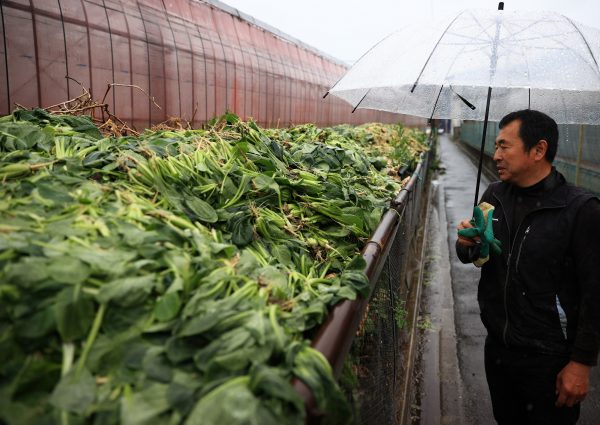After consulting widely around the Indo-Pacific region, the report produced a qualitative analysis of the pandemic’s impact on food systems. Critically, the report draws attention to the impact of COVID-19 on people movement and the flow-on effects of the crisis for getting agricultural supply to where it’s needed most. It notes that ‘large-scale migration of displaced people is placing pressure on local food and resource systems’. Further, it highlights that ‘transport suspensions and movement restrictions are disrupting the delivery of food and essential agricultural inputs’.
For example, ‘in India, movement of people from urban to rural areas was a mass response immediately before the implementation of strict movement restrictions and the sudden increase in unemployment among domestic migrant labour’. And ‘in Indonesia, the transport of agricultural products from rural areas to urban markets has been substantially disrupted. This has been worsened by limited capacity in cold storage facilities in production areas, leading to losses of perishable foods’.
The report also points to problems or adaptations arising out of the pandemic that might not otherwise have been anticipated. Problematically, the closure of schools in Indonesia may block programs that support child nutrition through school-level provision of milk and other foods. In the Indian state of West Bengal food supply chains have adapted to the pressures brought by COVID-19. An agricultural company has started purchasing vegetables from farmers for direct delivery to consumers in the urban areas through online or phone booking.
Nevertheless, the short-term, country-specific focus of the report leaves the regional food security impacts of the pandemic unclear, along with the policy responses that might deal with these impacts.
Of the ten thematic categories of impact identified in the report, three relate to a contraction of demand for food, four relate to disruption of marketing channels for agricultural outputs or inputs, two relate to the potential distributional impact of the crisis and only one relates to problems in direct agricultural and fisheries production through labour shortages. Yet the impacts on the food security of vulnerable people, including children, remain largely unknown.
Examining international evidence so far, the primary short-term food security impact of COVID-19 is on the demand for food via loss of incomes through unemployment. A secondary possible impact is on disruption of marketing channels. Direct impacts on agricultural production are apparently minor, except for possible interruptions to input supplies such as fertilizer and localised labour shortages.
But the longer-term and slowly developing impacts of COVID-19 may be more important. For example, during the 1997–1998 Asian Financial Crisis, millions of urban workers — laid off from construction, manufacturing and services — returned to rural villages from which they had earlier migrated in search of better jobs. Countries varied greatly in the capacity of their agricultural sectors to absorb these workers productively.
Since the Asian financial crisis, agriculture has contracted as a share of both GDP and employment throughout the Indo-Pacific region. Further, significant mechanisation of agricultural production has occurred, partly in response to the labour shortages produced by the exit of rural labour. It will be much harder for the returnees — this time losing their employment due to COVID-19 — to find agricultural employment than it was two decades ago.
Impacts on regional and global agricultural trade may also be significant. Worryingly, there is potential for a surge of international food prices, especially staple grains like rice, wheat and maize. The experience of the 2007–2008 food price crisis showed that the actions of a handful of food exporting countries can produce a massive spike in international prices. This occurred by restricting exports in response to a fear of rising food prices within their own countries.
But these counter-productive policy responses take time to develop and cannot be anticipated by looking at localised events in food importing countries. Some export-restricting responses of this kind have already occurred, though fortunately not to the extent of 2007–2008. The UN Food and Agriculture Organization food price monitoring website shows that although international prices of wheat and maize declined somewhat in April, rice prices increased by 11 per cent. But stocks of staple grains are more adequate now than they were in 2007–2008 and prices of petroleum (an important input to agricultural and fertiliser production) are low. These factors reduce the likelihood of international food price spikes in the short run.
The risk that COVID-19 poses to longer-term food security remains very real. ACIAR’s potential contributions relate almost entirely to longer-term economic recovery, through agricultural research and development, rather than policy responses to the short-term impact of the pandemic.
Overall, the rapid assessment report provides a useful and timely first step to understanding food security in the Indo-Pacific. Deeper and more focussed follow-up analyses are needed to determine the possible long-term implications of COVID-19 for food security.
Peter Warr is John Crawford Professor of Agricultural Economics Emeritus at the Crawford School of Public Policy, The Australian National University.
This article is part of an EAF special feature series on the novel coronavirus crisis and its impact.

